Wedding Traditions : Tamil
Labels: Wedding Traditions
Indian weddings are usually held in temples.
Checking the astrology
Arranged marriages are still common among the Indian community although love matches are on the rise. For Hindus, consulting the astrologer to check the couple's astrology charts to see whether the couple are compatible is a must. If everything matches, they are given the go-ahead and the couple then prepare for the engagement.
Parisam (The Engagement)
The Parisam announces the betrothal of the couple to friends and relatives. At the ceremony, the groom arrives with seven platters containing different gifts, including jewellery, for the bride.
The bride's family then match the amount of jewellery from the groom., but it is all given to the bride. Agreements on the wedding date and the dowry (if there's any) are reached on that day. After the date is fixed, wedding cards are personally hand delivered to close relatives and friends.
Thirumanam (Wedding Ceremony)
The wedding cere,pny is usually held in a hall or temple and the service of a Prokithar or priest is required to solemnise the wedding. First, the groom is summoned to sit on the manavarai where the marriage is conducted. (In nearly all Hindu weddings, the marriage ceremony is conducted while the couple are seated on the floor). Accompanied by his best friend or brother-in-law, he sits while the priest conducts prayers. After the prayers, the groom washes the feet of his parents to show his filial piety and after more prayers he is then led away while the bride is brought in and undergoes the same ceremony. After the ceremony, she is given a sari (which has been blessed during the prayers), bought by the groom's family. The bride then leaves to change into this new sari.
Three married women are then invited to tie a yellow thali (string) to a tree in the temple. This symbolic act is to wish the newly-weds a happy and prosperous life.
Then to the accompaniment of musicians, both the bride and groom finally sit together on the manavarai. The groom sits on the left while the bride sits on the right. This sitting arrangement means they are not married yet. The parents of the bride and groom then axchange sandalwood, to show their acknowledgement of their new son and daughter. Later, they also distribute grains of rice to their guests which will be thrown on the couple when the thali is tied.
When the groom ties the thali around the bride's neck, he ties three knots on the thali to symbolise that this woman is already married. Husband and wife then change their seating arrangement - he sits on the right and she on the left.
The bride and groom then walk around the manavarai three times. After that the groom places the minji (toe ring) on his bride's foot, another declaration of her married status. This practice comes from the old days when women walked around with downcast eyes. A minji on a man's toe indicated to the women that he is married.
The newlyweds then sit on the wedding dais to receive gifts from the guests. After the ceremony, the bride goes back to the groom's house to start new life as a wife. Three days after the ceremony, the bride and her husband are invited back to her parents' house. A reception is held there, where the bride's mother presents her with household appliances and cooking utensils to wish her a happy wedded life.
Checking the astrology
Arranged marriages are still common among the Indian community although love matches are on the rise. For Hindus, consulting the astrologer to check the couple's astrology charts to see whether the couple are compatible is a must. If everything matches, they are given the go-ahead and the couple then prepare for the engagement.
Parisam (The Engagement)
The Parisam announces the betrothal of the couple to friends and relatives. At the ceremony, the groom arrives with seven platters containing different gifts, including jewellery, for the bride.
The bride's family then match the amount of jewellery from the groom., but it is all given to the bride. Agreements on the wedding date and the dowry (if there's any) are reached on that day. After the date is fixed, wedding cards are personally hand delivered to close relatives and friends.
Thirumanam (Wedding Ceremony)
The wedding cere,pny is usually held in a hall or temple and the service of a Prokithar or priest is required to solemnise the wedding. First, the groom is summoned to sit on the manavarai where the marriage is conducted. (In nearly all Hindu weddings, the marriage ceremony is conducted while the couple are seated on the floor). Accompanied by his best friend or brother-in-law, he sits while the priest conducts prayers. After the prayers, the groom washes the feet of his parents to show his filial piety and after more prayers he is then led away while the bride is brought in and undergoes the same ceremony. After the ceremony, she is given a sari (which has been blessed during the prayers), bought by the groom's family. The bride then leaves to change into this new sari.
Three married women are then invited to tie a yellow thali (string) to a tree in the temple. This symbolic act is to wish the newly-weds a happy and prosperous life.
Then to the accompaniment of musicians, both the bride and groom finally sit together on the manavarai. The groom sits on the left while the bride sits on the right. This sitting arrangement means they are not married yet. The parents of the bride and groom then axchange sandalwood, to show their acknowledgement of their new son and daughter. Later, they also distribute grains of rice to their guests which will be thrown on the couple when the thali is tied.
When the groom ties the thali around the bride's neck, he ties three knots on the thali to symbolise that this woman is already married. Husband and wife then change their seating arrangement - he sits on the right and she on the left.
The bride and groom then walk around the manavarai three times. After that the groom places the minji (toe ring) on his bride's foot, another declaration of her married status. This practice comes from the old days when women walked around with downcast eyes. A minji on a man's toe indicated to the women that he is married.
The newlyweds then sit on the wedding dais to receive gifts from the guests. After the ceremony, the bride goes back to the groom's house to start new life as a wife. Three days after the ceremony, the bride and her husband are invited back to her parents' house. A reception is held there, where the bride's mother presents her with household appliances and cooking utensils to wish her a happy wedded life.
Posted by
Neoromantic
on
Thursday, October 9, 2008
Subscribe to:
Post Comments (Atom)
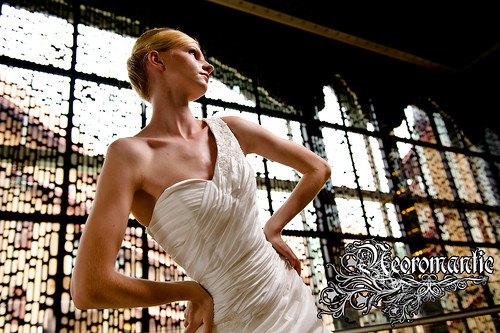
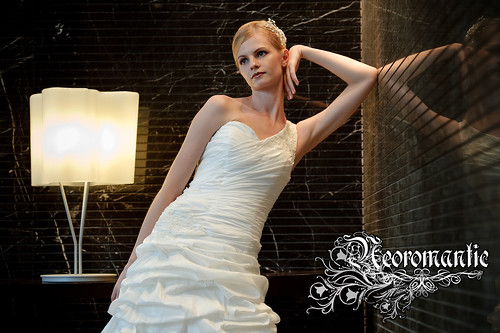

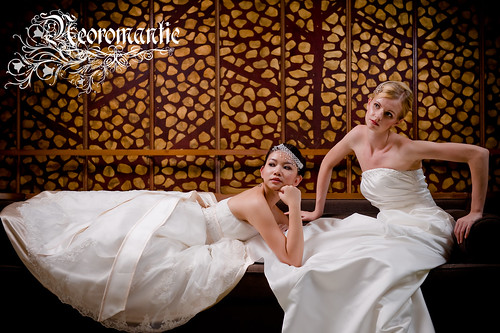

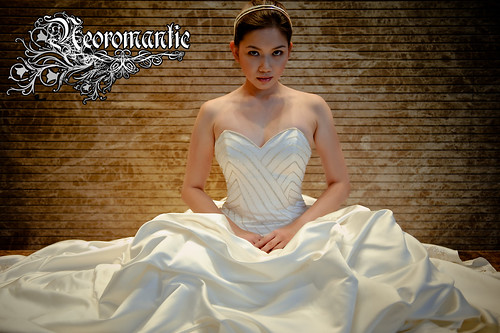
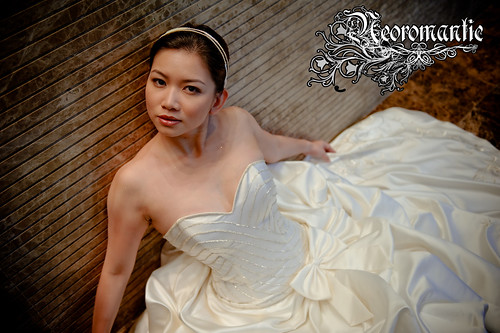
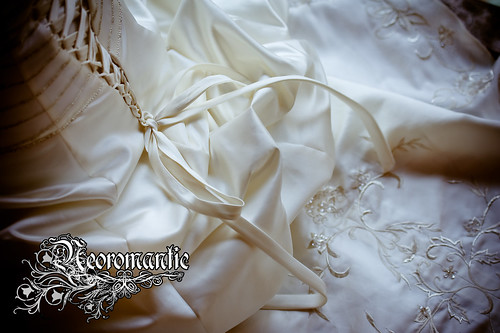

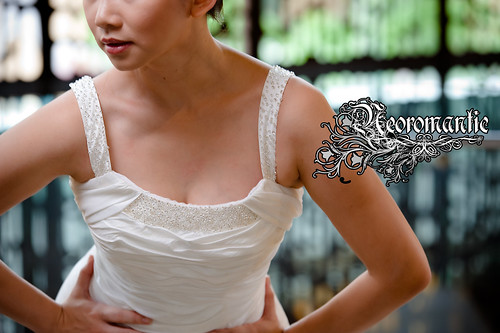






0 comments:
Post a Comment